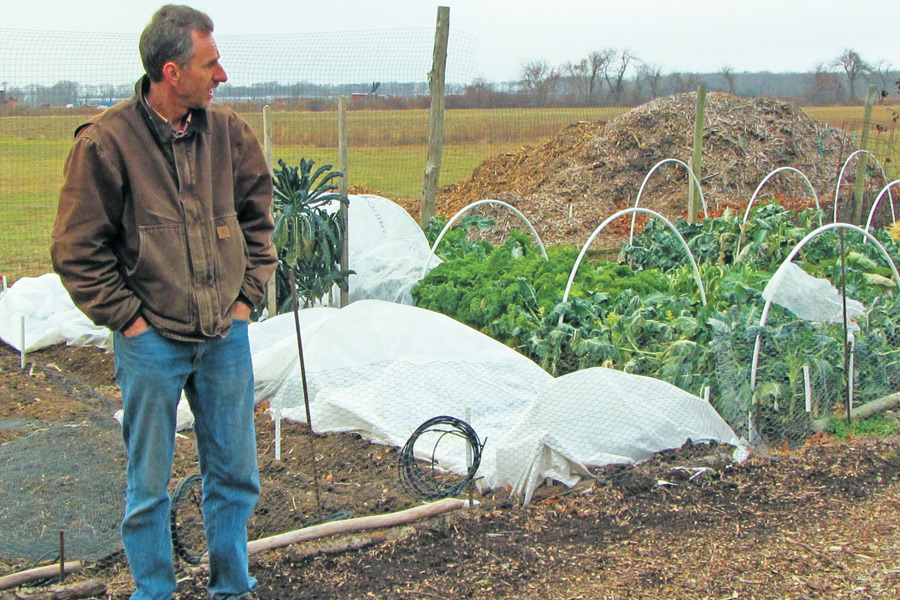View From the Garden: Hallockville Museum Farm Is My Kind of Place

Recently I had a real treat! Thanks to a friend’s suggestion, I went to the Hallockville Farm Museum on the North Fork. Agriculture and its history are two of my ongoing studies. Hallockville is a treasure, affording us the opportunity to learn about the history of farming on the East End.
The museum, consisting of 19 buildings on 500 acres of preserved farmland, is on the site of Rubin Brown’s 1765 farm. The Hallock family bought it after the Revolution and lived there until 1975 in numbers significant enough to cause the area to be called “Hallockville.” In the early 20th century, Polish immigrant farmers settled in the area, but the area retained its name.
Herb Strobel, the museum’s executive director, guided us through buildings and grounds and described the farm and farming in this area. We passed by the cow pen on our way to meet him. Oh…the smell of cows! It sends me immediately to my childhood on the farms of relatives in Nebraska.
First we toured the Hallock Homestead, the first part being built in 1775 and added to as needed. The house was warmed by a fire in the cast iron cooking stove in the kitchen. Evidence of lives so entirely different from ours is startlingly apparent and the house is full of such fascinating things that hours could be spent there investigating.
We saw the several-holed outhouse. I’m very familiar with outhouses from my youth, but to the unknowing—it’s a singular example of the difference of then and now. Being an essential building for daily life, it was built with two doors in case one was blocked by snowdrifts!
We discussed the use of the smokehouse for smoking and thereby preserving food and as a tool for “snapping a hen out of her broodiness,” according to my Aunt Helen. A hen becomes broody when she is ready to nest and she stops laying eggs, with or without eggs to hatch. By shutting her in the smokehouse, she calms down. Then we toured the gardens. There is a garden where heirloom plants are grown, enabling visitors to see the difference between plants grown through centuries and many contemporary varieties. Volunteers are welcome. Nearby community gardens are maintained by gardeners for their personal use and are examples of current gardening practices.
We visited the sheep shed. Wool was one of several crops produced on the farm, along with potatoes, Brussels sprouts, cabbages and wheat. An older cow named Hallie lives with sheep. She said hello and needed her nose to be stroked by each of us.
As we stood in the old barn, Herb explained that the huge opposite doors on the north and south side of the building with a large floor between were there to let wind blow chaff from wheat during the threshing process. Gathered wheat was “beaten” on the floor and, as the wind blew through the doors, it was tossed up and the chaff was blown away. The wheat berries were blocked from blowing away by upright boards at the opening of the door. Hence the word “threshold!”
Then we went to the Cichanowicz House, which was built in 1930. A house that looked like the house of my farm relatives and a VERY modern house compared to the Hallock house. I think many of us could imagine living in this house.
This was our afternoon tour. I could and do plan to spend days exploring the many other buildings and fields here.
There is also a summer camp for kids offering weekly sessions, each with a different theme. If I was a child, I would LOVE to go to this camp and learn about farming past and present in this area!
Hallockville Farm Museum is located at 6038 Sound Avenue in Riverhead. They offer guided tours Fridays, Saturdays, Sundays; self-guided tours Monday-Thursday. The gift Shop open from noon-4 p.m. Visit hallockville.com.



